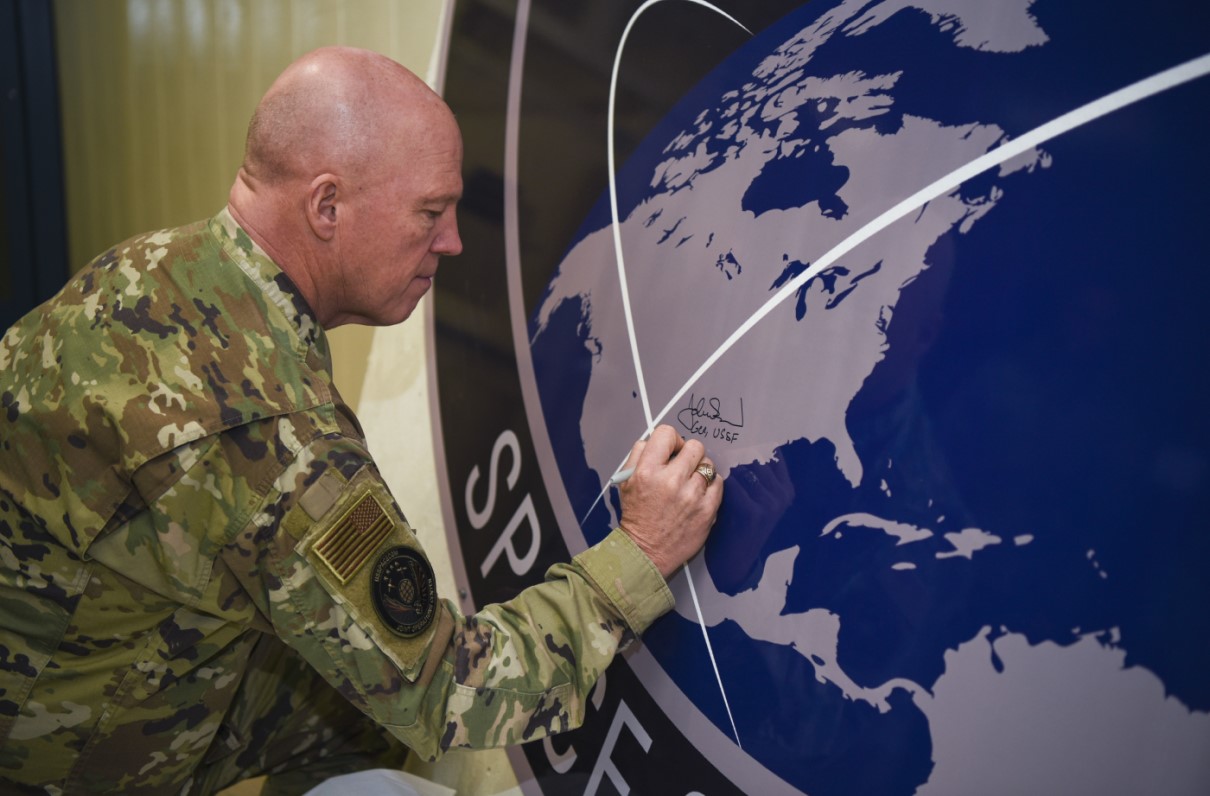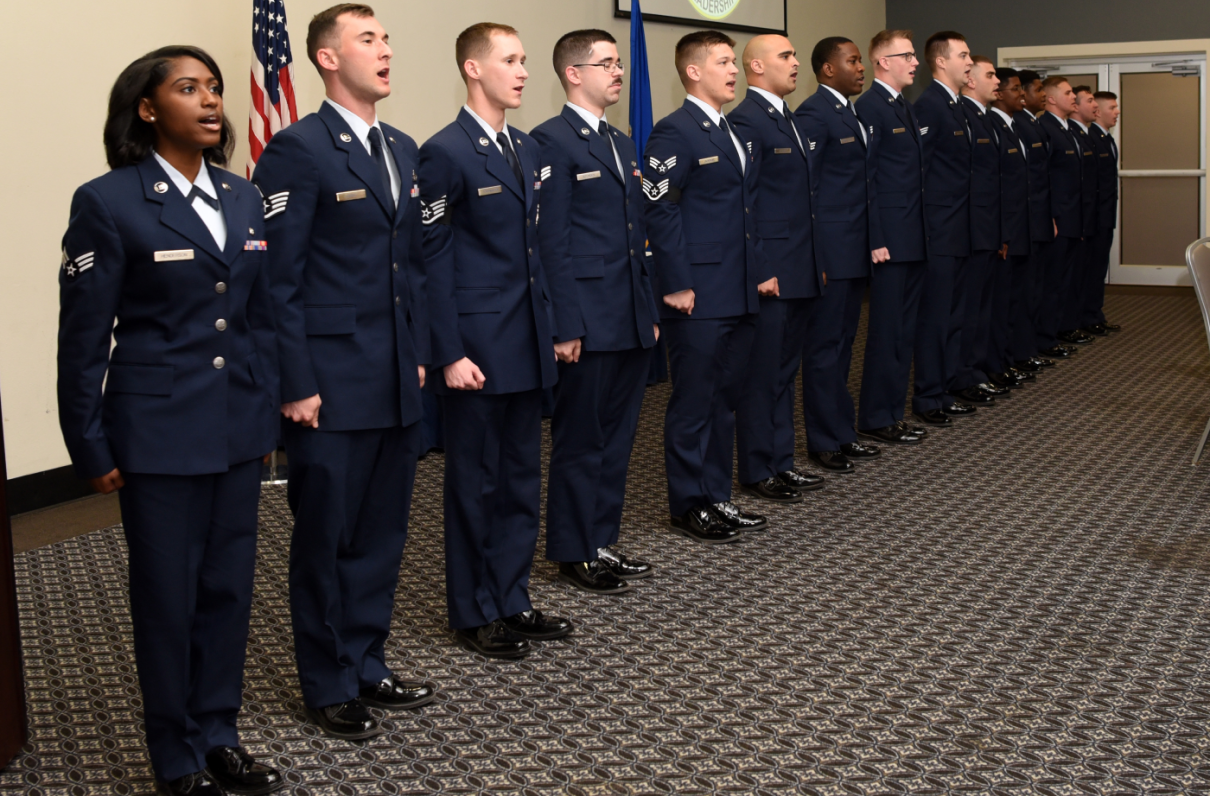This article by Hope Hodge Seck first appeared on Military.com, the premier resource for the military and veteran community.
The U.S. Space Force is preparing to accept troops transferring from other services, officials told lawmakers. But some would-be Space Force professionals might have longer to wait than others.
The sixth and newest military service, which was signed into existence by President Donald Trump on Dec. 20, 2019, is now operating with the aid of some 16,000 airmen detailed on a temporary basis from what was formerly known as Air Force Space Command. A Space Force headquarters element is also beginning to take shape, with roughly half of the needed 200 personnel in place.
Meanwhile, planners are still establishing pay and personnel processes ahead of allowing troops to transfer into the ranks. Those first transfers are expected to happen around Sept. 1 of this year, said Maj. Gen. Clinton Crosier, director of Space Force Planning.
"We have men and women ... temporarily assigned, in the same way an officer or enlisted member can be assigned to a combatant command or a joint service or something like that," Crosier told the House Appropriations Committee's subcommittee on defense during a Wednesday hearing. "Of those 16,000, a portion of those -- probably about 6,000 -- will be offered the opportunity to formally transfer into the U.S. Space Force."
That transfer, he added, will involve the formal resignation of the member's current commission, or termination of enlistment, and an official recommissioning or enlistment in the Space Force.
"It's a very technical process that has to take place," Crosier said.
Space Force is the first new military service since the creation of the Air Force in 1947, and officials have emphasized that they're building it deliberately and seek to incorporate 21st century human capital management policies and career flexibility.
[RELATED: MOAA Interview: How This Former Naval Aviator Made a Historic Landing as a Commercial Pilot]
The service -- which, at a planned end strength of 15,000, will be by far the smallest -- will rely heavily on Air Force infrastructure and processes. Crosier told the Defense Advisory Committee on Women in the Services earlier this week that, at least at first, entry-level Space Force recruits and officer candidates will enter the service via another service's boot camp or commissioning pipeline, further reducing overhead.
Those joining at the entry level may have a while to wait, though.
After Air Force space operators are invited to join the ranks, Space Force will next accept "volunteers from space intelligence, space acquisition, space communication," Crosier said, adding that that development will likely take place a few months later.
But while the Space Force headquarters cadre already has several soldiers, sailors and Marines in place, would-be transferees from those services will likely have to wait years to join the ranks.
"Our plan for the Army, Navy and Marine Corps transfers has always been in the [fiscal] 2022 timeframe, simply because we believe it will take some time to get the transition right with those Air Force members who are transitioning. And we're more similar between Air Force and Space Force for obvious reasons," Crosier said. "But then, we want to take the appropriate amount of time to make sure, when we transfer those soldiers, sailors, airmen and Marines, that we've got all the right pieces of infrastructure in place to be able to do that."
It appears Space Force will have its pick of candidates when it's ready to accept transfers. According to a Space News report, nearly 6,000 people applied for just 31 open civilian positions in the office of Chief of Space Operations Gen. John "Jay" Raymond.
In a written statement to the subcommittee Wednesday, Lt. Gen. David Thompson, vice commander of Space Force, reflected that enthusiasm.
"Following Congress' decisive and bipartisan work to establish the Space Force as our sixth branch of the armed forces, we can confidently report excitement across the Department is high," he said. "And the commitment from our leadership to get this right is resolute."
Other articles by Military.com:
Airman's $15 Invention Could Save the Air Force Millions
USS Ross Sailors Aid Turkish Vessel in Flames
PETA to Marines: Stop Guzzling Snake Blood During Jungle Training


